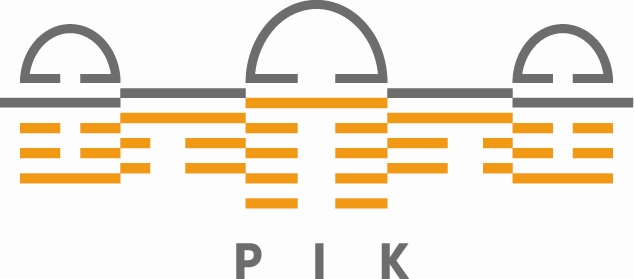GLOWA-Elbe
Impacts of Global Change on the Water Cycle in the Elbe Region - Risks and Options

GLOWA-ElbeImpacts of Global Change on the Water Cycle in the Elbe Region - Risks and Options |
|

|
|
|
|
Temporal and spatial high-dissolved modelling of water supply without management and the plant yields in the entire Elbe basin under global change (climate and land use changes) Model interfaces to (input data): SWIM; RAUMIS, Land Use Scanner Model interfaces to (output data): QSim Peculiarities of the MONERIS-Elbe implementation: 948 subcatchments which can be aggregated to the working areas and administrative units (countries and regions). The model has a surface which allows a none modeller to calculate scenarios for certain measures in agriculture, urban settlements and waste water management based on a calibrated model. Time frames: Validation: 1993 - 2005 Projection: mean, wet and dry years for 2025 - 2055 Potential users and application areas: a) Consultants supporting water authorities in identification of programmes of measures for the establishment of management plans for the Water Framework Directive and in general at sustainable water and land use management;
Availability:
For code and documentation please contact behrendt@igb-berlin.de or m.venohr@igb-berlin.de.
Resources needed for set-up of site-specific model: High. Depending on the size of investigated catchment, the availability of input data and experience of modeller 3-6 month.
|
|
|
|
19.01.2010
© Legal Notes / Imprint graefe@pik-potsdam / hauf@pik-potsdam.de |
Coordination  |
|